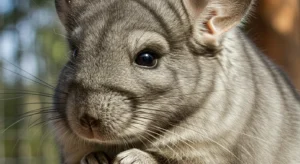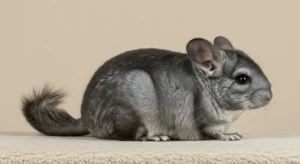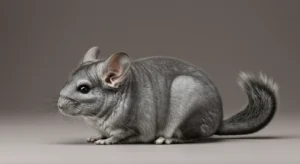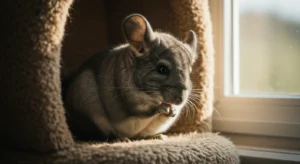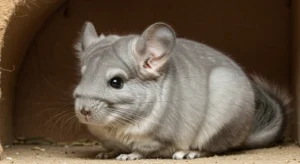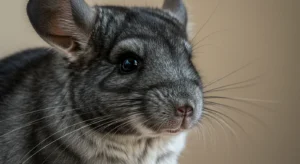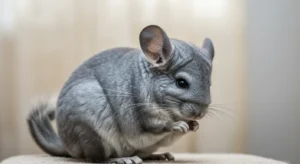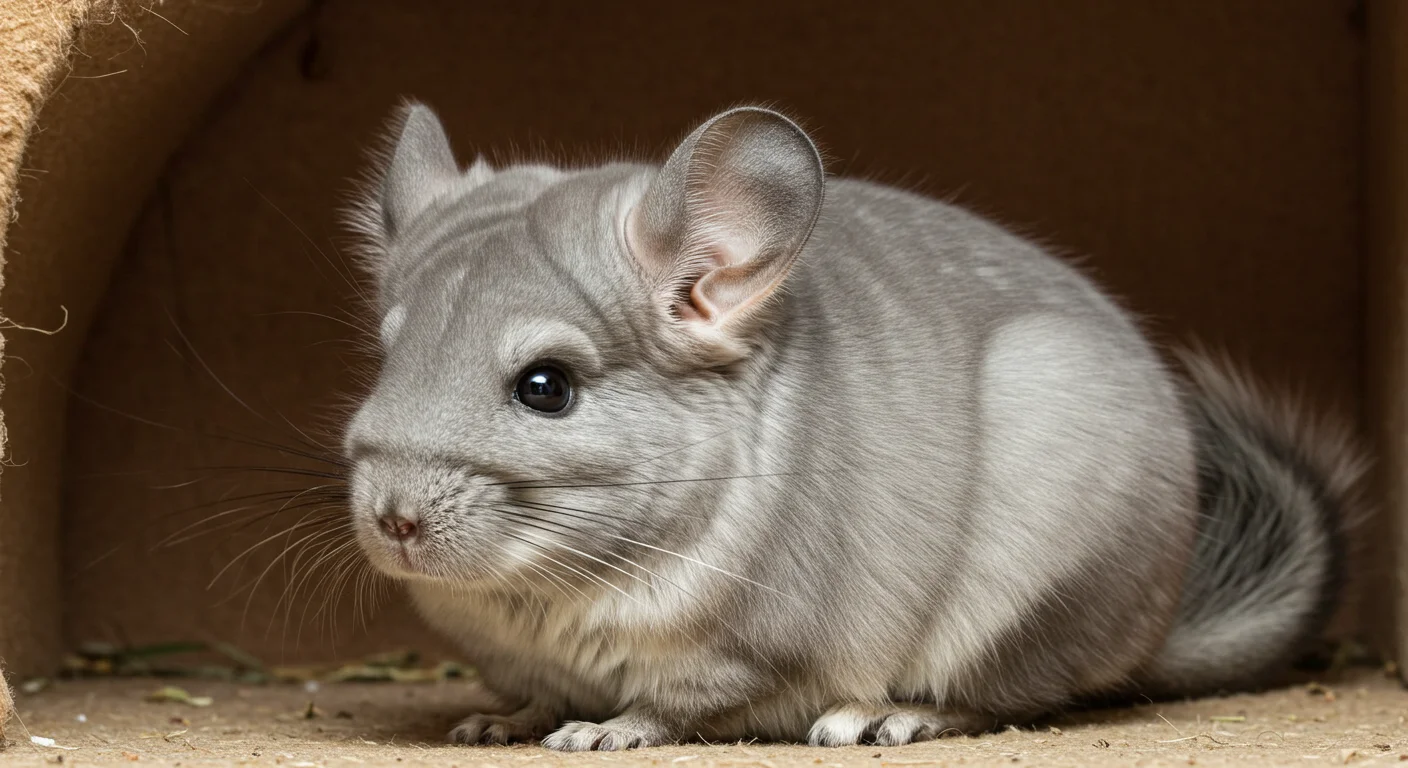 Chinchilla Health
Chinchilla Health Preventing Overgrown Teeth in Chinchillas
One of the most common and serious health issues affecting pet chinchillas is dental disease, primarily in the form of overgrown teeth, also known as malocclusion. Unlike humans, a chinchilla’s teeth (both the front incisors and the back molars) grow continuously throughout their life. Failure to wear these teeth down properly leads to painful and potentially life-threatening problems. Prevention is key to managing chinchilla dental health.
Why Chinchilla Teeth Grow Continuously
This adaptation, called elodont dentition, evolved because their natural diet in the wild consists of tough, fibrous grasses and vegetation. Constant chewing on abrasive materials naturally grinds down the teeth, balancing out the continuous growth. In captivity, replicating this natural wear mechanism is crucial.
The Problem: Malocclusion
Malocclusion occurs when the teeth do not meet correctly, preventing proper wear. This can lead to:
- Overgrown Incisors: Front teeth become too long, potentially curling into the mouth or lips, making eating difficult or impossible.
- Overgrown Molars: Back teeth develop sharp points (spurs) that can cut the tongue or cheeks, or the roots can grow backwards (retrograde growth) into the jaw or nasal cavity, causing pain, abscesses, and eye problems. Molar issues are often harder to detect early.
Malocclusion is often progressive and can significantly impact a chinchilla’s quality of life.
Causes of Overgrown Teeth
- Inadequate Diet (Most Common Cause): Insufficient hay intake is the primary culprit. Pellets and treats do not provide the necessary grinding action.
- Lack of Chew Toys: Insufficient safe items to gnaw on.
- Genetics: Some chinchillas may be genetically predisposed to dental misalignment.
- Trauma/Injury: Damage to the teeth or jaw can affect alignment and wear.
- Age: Dental problems can become more common in older chinchillas.
Signs of Dental Problems
Dental issues often start subtly. Watch for:
- Decreased appetite, especially reluctance to eat hay
- Weight loss
- Drooling (“slobbers”), wet fur around the chin or chest
- Pawing at the mouth
- Visible overgrown or misaligned incisors
- Difficulty chewing, dropping food
- Changes in dropping size or quantity (due to reduced intake)
- Runny eyes (often linked to molar root issues)
- Facial swelling or abscesses
- Lethargy or changes in behavior
Recognizing the subtle early indicators of chinchilla dental disease allows for timely intervention.
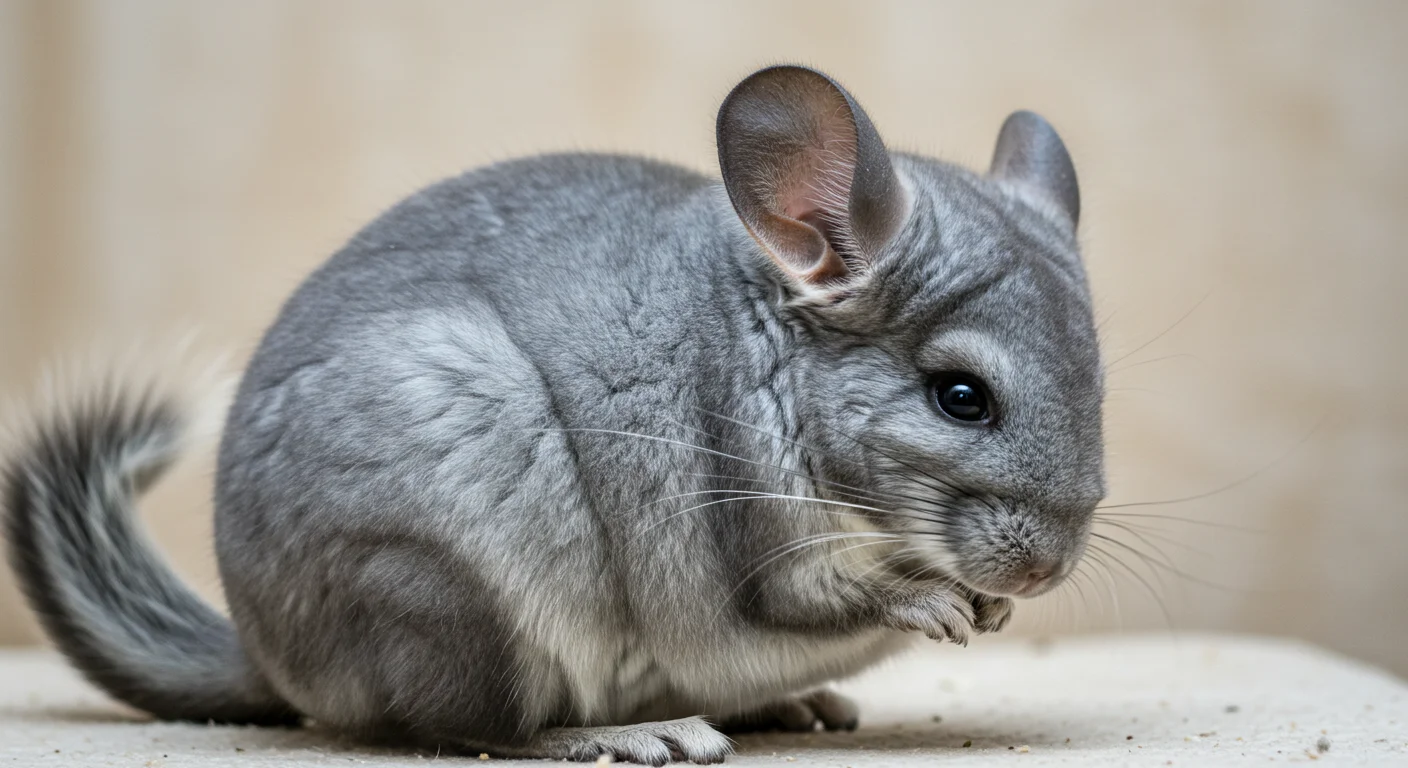
Prevention Strategies
Preventing overgrown teeth primarily involves promoting natural wear:
- Hay is Paramount: Provide unlimited access to high-quality grass hay (Timothy, Orchard Grass). Hay should constitute 80-90% of their diet. The side-to-side chewing motion required for hay is essential for wearing down molars.
- Limit Pellets: Offer only 1-2 tablespoons of high-quality, hay-based pellets per day. Overfeeding pellets discourages hay consumption. Avoid pellet mixes with seeds/nuts/treats.
- Offer Abundant Chew Toys: Constantly supply a variety of safe chew items. Rotate them to maintain interest. Excellent options include:
- Untreated wood blocks/sticks (apple, willow, kiln-dried pine, aspen)
- Pumice stones (like Lava Ledges)
- Loofah pieces
- Seagrass mats
- Willow balls or rings
- Safe cardboard (plain, ink-free)
- Avoid Sugary Treats: Treats contribute to poor dental health and discourage hay eating.
- Ensure Proper Cage Setup: Ledges encourage activity but focus must be on diet and chews for dental wear.
Providing ample essential chewing items for chinchilla teeth is non-negotiable.
Diet is the cornerstone of dental health. Unlimited hay access is the single most effective preventative measure against malocclusion.
The Role of Veterinary Care
- Regular Checkups: Annual (or biannual for seniors/those with history) vet visits with an exotic-savvy vet should include a thorough oral examination (sometimes requiring sedation for a good look at molars).
- Early Intervention: If problems are suspected, vets can perform teeth trimming/filing (under anesthesia) to correct overgrowth before it causes severe issues.
- Diagnosis: X-rays may be needed to assess tooth roots and jaw health.
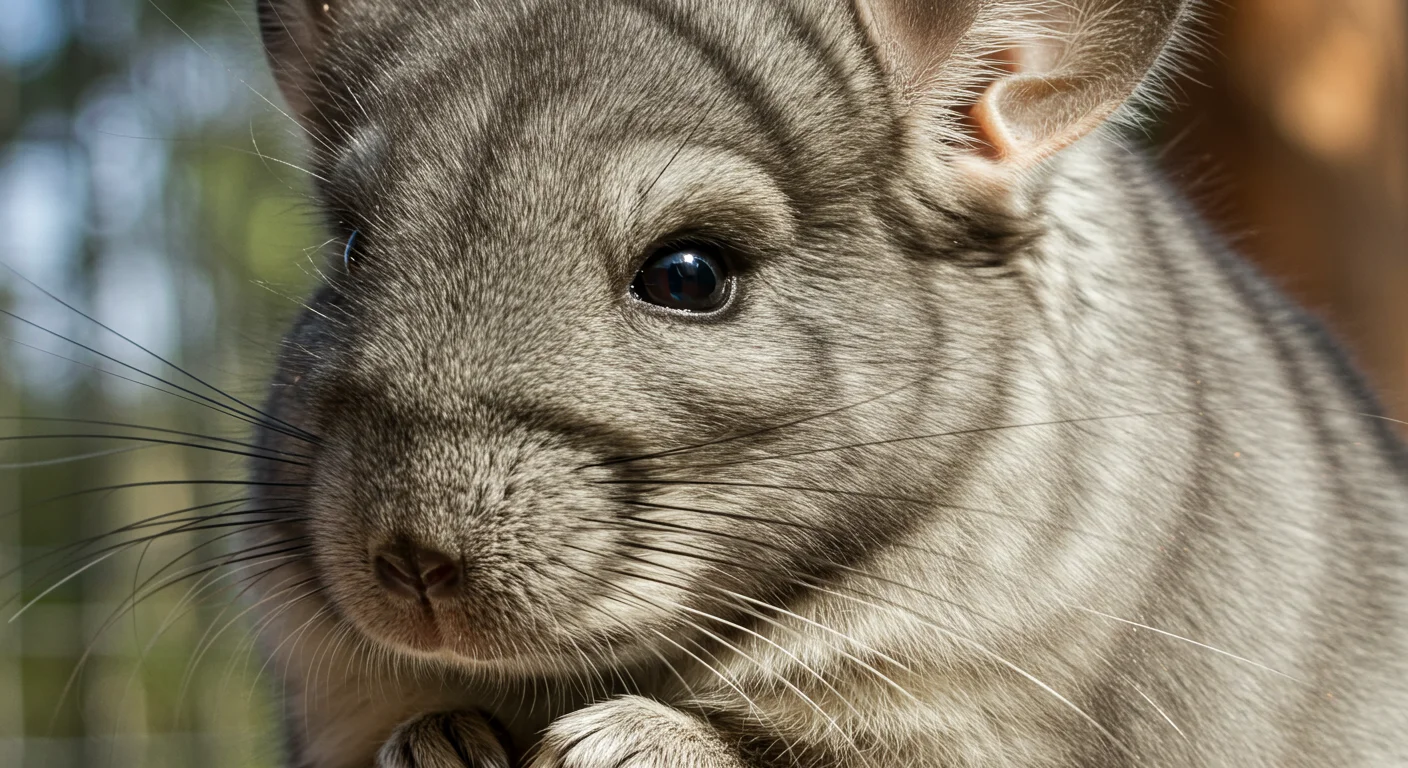
Conclusion: Proactive Dental Care
Preventing overgrown teeth in chinchillas relies heavily on providing the correct diet and environment to facilitate natural dental wear. By prioritizing unlimited hay, limiting pellets, offering a constant supply of varied chew toys, and scheduling regular veterinary checkups, you can significantly reduce the risk of painful and debilitating dental disease, contributing greatly to your chinchilla’s overall health and longevity.
